« January 2006 |
Main
| March 2006 »
12.Cubes évidés en couleur
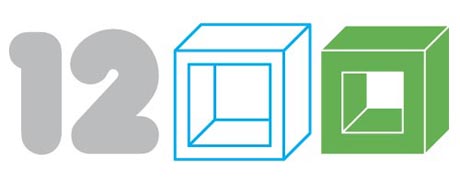
Posted by tatiana at 23:17
11.Cubes évidés personnages
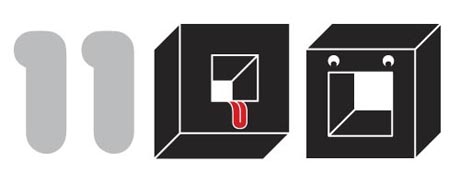
Posted by tatiana at 23:16
10. Autres formes évidées
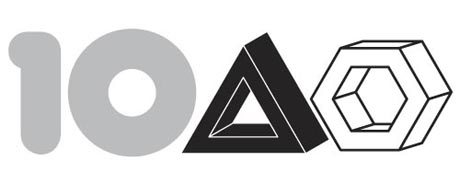
Posted by tatiana at 23:15
9.Cubes évidés impossibles
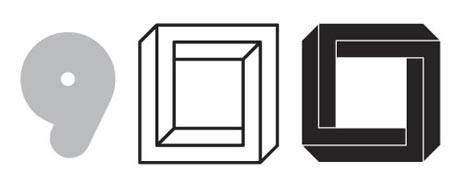
Posted by tatiana at 23:13
8.Cubes évidés avec patterns
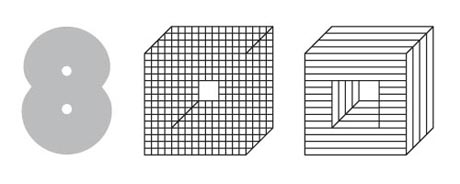
Posted by tatiana at 23:10
7.Cubes évidés à orifices multiples
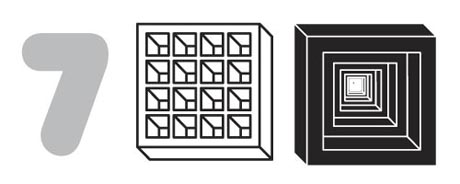
Posted by tatiana at 23:09
6.cubes évidés
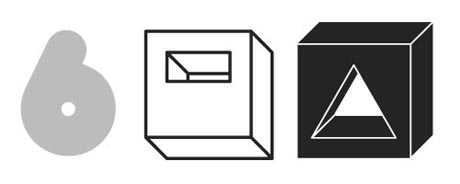
Posted by tatiana at 23:06
5.Cubes+signes
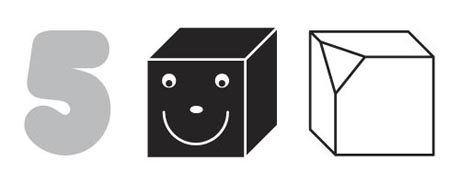
Posted by tatiana at 23:02
4.Cubes évidés de base
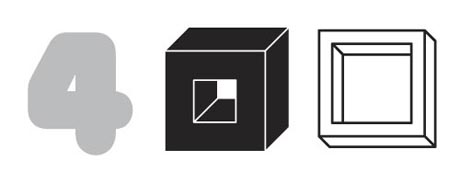
Posted by tatiana at 23:01
3.Cubes
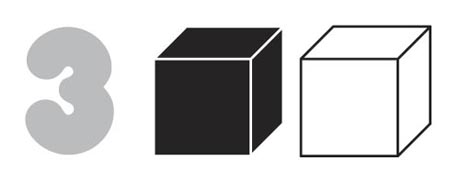
Posted by tatiana at 22:36
2.Carrés+signes
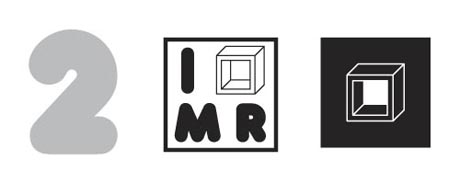
Posted by tatiana at 22:35
1.Carrés
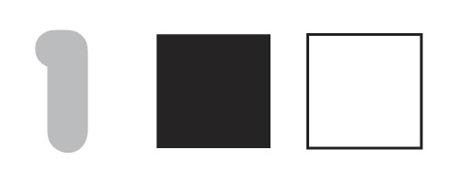
Posted by tatiana at 22:32
Arbres des signes
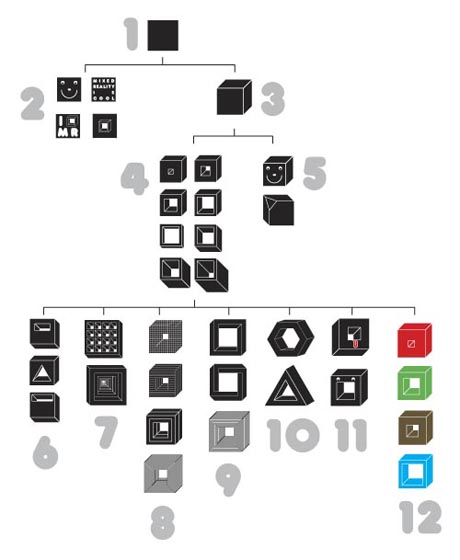
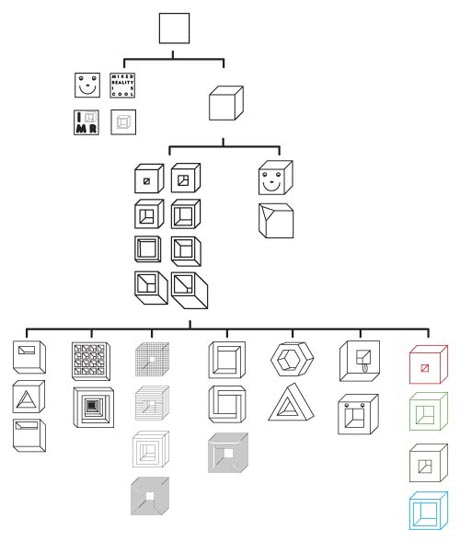
Posted by tatiana at 22:28
XjARToolkit - First Version
This is the first snapshot of XjARToolkit, mix of Xj3D and jARTookit libraries. It is based on Xj3D version M10 (beta version) which still have some missing features: white objects should have been textured with a mpeg movie, but it is not realized in this version. The same test bench will be used when Xj3D version 1.0 will be available.
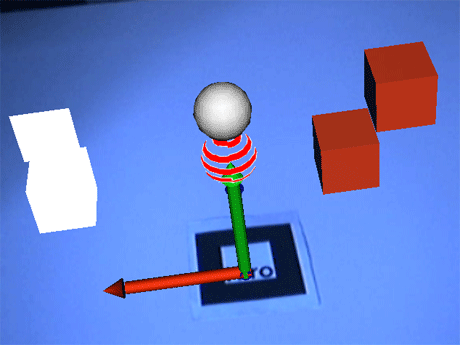
Posted by christian_babski at 17:35
phone - shopping
Une petite info relative à une autre forme de "réalité mixte" en devenir: du contenu "live" lié à des objets et consultable n'importe où grâce à l'utilisation du code-barre de l'objet en tant que signe ou signalétique et de l'écran de téléphone portable (voir également les sema-codes dans nos Project links & Ressources).
--
Wednesday, February 15, 2006
A SHOPPING PHONE
Toshiba mobile-phone software will offer online reviews of products by using bar codes.
By Associated Press
TOKYO (AP) -- Checking out the Internet buzz about a DVD, book or candy while on the go will become as easy as taking a snapshot of the bar code on the product.
----------------------
Toshiba Corp., a Japanese electronics company that makes DVD players, laptops and nuclear power plants, has developed mobile-phone technology that searches for product reviews on up to 100 Web journals, or blogs, in 10 seconds.
Just use the phone's digital camera to snap a photo of the bar code of a product you're thinking about buying.
The technology can decipher if the blog chatter is positive or negative and tallies the count to show if a product is getting rave reviews or being trashed by consumers. That's useful if you're in a store about to buy an item.
Some of the more frequently visited blogs will also show up on the screen.
The bar-code information is sent wirelessly to a Toshiba server, which gathers data on blogs from the Internet and analyzes them, and then sends a reply back to the cell phone.
Toshiba expects to have information on thousands of products covering just about anything you might buy at a store -- from toys to electronic gadgets to food.
Toshiba plans to test the software at Japanese stores next month and hopes to offer it as a service on cell phones before April 2007, although details aren't decided.
Blog searches and bar codes that link to Web pages are already available on personal computers and portable devices, but Toshiba officials say their technology is convenient for shopping because it's for cell phones and carries out real-time blog searches from bar-codes.
Posted by patrick keller at 10:35
Mixed Reality Test 02
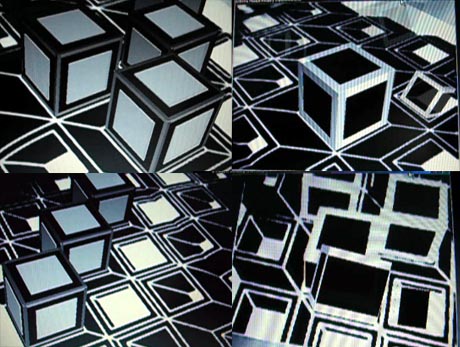
Download Video (wma file)
Posted by |BRAM| at 1:54
Disappearing architecture & Jeppe Hein
Deux livres qui traitent de la question de la "dématérialisation" des environnements architecturaux:
"Disappearing Architecture, From Real to Virtual to Quantum" est un livre édité par Princeton Architectural Press en 2005 sous la direction de Peter Weibel (ZKM) et de Georg Flachbart. Il traite de la superposition du réel avec le virtuel à travers la présentation de différentes recherches.
-
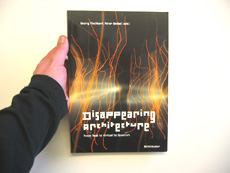
Le projet réalisé par l'artiste Jeppe Hein à Beaubourg en 2005 illustre bien ce propos. Labyrinthe totalement invisible, il s'agissait là d'un espace stimulé (on percevait les murs du labyrinthe grâce à un réseau de capteurs de position et aux vibrations que ceux-ci transmettaient à la tête par le biai d'un casque et seulement lorsque l'on "traversait" un mur -invisible...-). Véritable "environnement variable", le labyrinthe changeait chaque jour de configuraion.
Une édition de l'Espace 315, Centre Pompidou, retrace la genèse du projet.
-
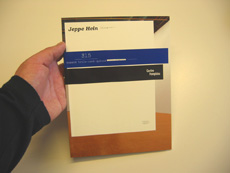
Posted by patrick keller at 14:21
USB Kit
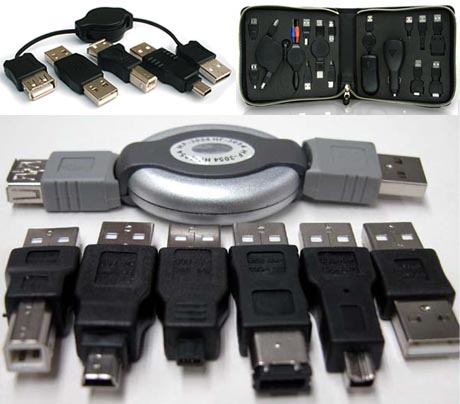
J'ai trouvé des kits USB pourvus d'une multitude de broches différentes. Intéressent en rapport avec le sujet des clefs USB et autres connectiques de ce format « universel ».
--> multi device / wireless
--> USB devices
Voilà une petite description des différentes connections existantes :
Standard Adapters:
USB Type A han to RJ-45
USB Type A hun to RJ-45
USB Type A han to RJ-11
USB Type A hun to RJ-11
USB Type A han to USB Type B Male
USB Type A han to USB Type Mini-B han
Digital Camera Adapters:
USB Type A Male to USB Mini 4 Pin han for Minolta og Mitsumi
USB Type A han to USB Mini 4 Pin han for Sony, Olympus, Kodak, Epson, Samsung
Posted by |BRAM| at 16:59
the "BIT" agent hommage / TRON (1982)
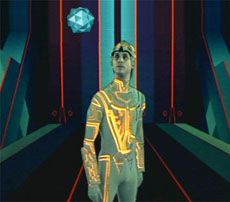
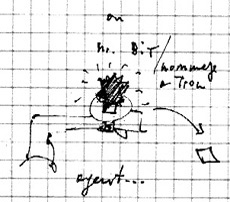
-
Disconnecté de notre projet général, mais mentionnons cette petite application AR potentielle qui pourrait (presque) donner vie à "Bit", l'agent pas très intelligent qui conversait uniquement par des "oui" et des "non" avec Kevin Flynn/Clu dans l'univers de jeu du film TRON (1982, Disney).
Une "montre" ici dotée d'un signe AR permet de voir "Bit" lorsqu'on la regarde via une caméra sur un écran. Dotée d'un micro et d'une connection bluetooth, cette "montre" pourrait permettre d'intéragir vocalement avec "Bit" et d'en faire un agent qui va collecter de l'information sur le réseau pour son "User"...
Posted by patrick keller at 15:44
Application Laptop generic AR interface
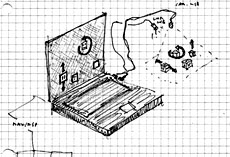
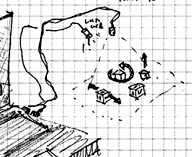
-
Laptop doté d'une caméra et lumière usb qui filme et éclaire des objets (dés, badges, prints, any ...). A ces objets peuvent être associés différentes configurations qui elles-même remplissent différentes fonctionnalités interactives (mixer son, visuel, etc.). La réalité mixte ne sert ici qu'à indiquer comment manipuler l'interface physique en fonction des différentes configurations/fonctionnalités.
Posted by patrick keller at 15:05
Annotating AR Stickers / Signalétique 'ready-made'
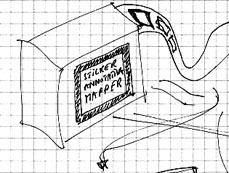
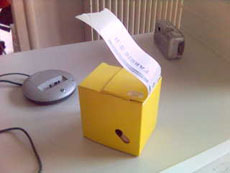
Simple black square (black frame) stickers at different sizes that you can stick anyware. What is framed creates the specific and unique AR sign.
They can go on a book to "rich media" annotate it or illustrate it, they can go on a personal map for the same reason, or on a table, chair in a bar or at its doorstep, etc. Content would be here created by any end-user that would like annotate environment or objects, probably with its cellphone. The application would work that way.
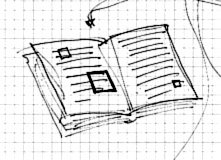
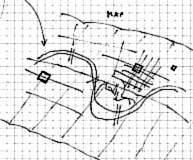
-
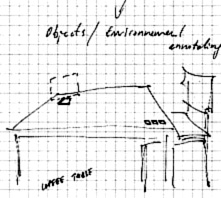
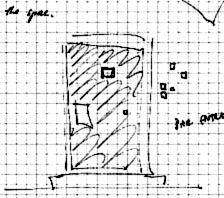
Posted by patrick keller at 14:47
Wall Stickers

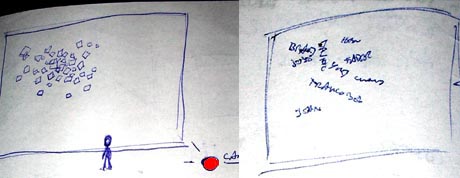
L’idée d’utiliser des autocollants pour les signes est ici proposée de la façon suivante :
Chacun disposerait d’un signe qui lui est propre et pourrait le coller sur un mur.
Sur ce mur, les signes/autocollants seraient détectables afin de montrer un message, un nom, une image de la personne. Le résultat prendrait la forme d'une sorte de mosaïque murale libre d’intervention.
J’imagine cela un peu comme avec le concept de “The Million Dollar Page” dans cette même idée de pouvoir acquérir un espace afin de pouvoir y poser un message/image personnelle.
“The Million Dollar Page” propose à tout acheteur d’acheter une "zone" en pixel ou il pourrait y placer sa propre image. Le site web affiche donc une simple page statique sur laquelle une grille affiche un million de pixels, tous vendus par bloc de 10x10 à 100$, soit 1$ le pixel.
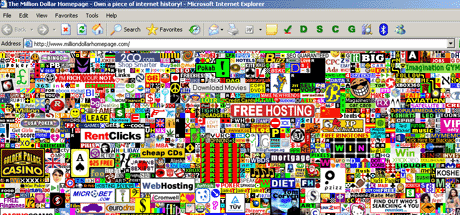
--> article du projet "The Million Dollar Page"
--> le site officiel: http://www.milliondollarhomepage.com/
--> plus de détails
Posted by |BRAM| at 12:11
Yesterday (1960ies) / Today (2006)
From industry, planes, cars and motorways to services, mobile media, mobile (micro)-spaces, interactions, jet-lag, ...
From Architecture's "high-tech" & mobility utopias to a "mish-mash" (hybridization) of (technological) objects, micro-architectures, situations, networks and interfaces.
-
Those two comparative images (yesterday/today, see below) serve us since the start of the project as a kind of general background for our transversal ra&d project (transversalities between architecture, design, sciences). They resume some of our main concerns:
-
___They both speak about "mobility". Two kind of "mobilities": 1__ mobile environment in term of distance. It moves and its context of use is changing (img 1: a walking city & a "mobile personal environment") or 2__ mobile environment in term of time. Its configuration, shape or function varies along time, but its location is fixed (img 2: an instant city and a flock of blimps).
We can therefore speak about "Variable environments" in these two cases (variable in distance/context and/or in configuration/size over time).
-
___They both compare architectural utopias of the 60ies (Archigram's projects "A walking city" and "Instant city") to their kind of contemporary counterpart. The "mobility" utopia seem to have emerged, changed its scale and looks now as a transversal design problem (who's in charge of the design within those environment?). Everybody can notice that it obviously didn't emerged as it was envisoned and that it was also clearly not planned...
The two images comment about crossovers between disciplines as well (what belonged to a design domain seems to belong to another one today --i.e. space vs micro-spaces or urbanity vs micro-urbanity, spatial interfaces, interactive objects, graphics in space, interactive ornementation, urban screens, etc.--). They call for renewed collaborations between designers and between designers and engineers, so to face contemporary stakes.
The first image below is a composition between a famous collage from Archigram (top: "A walking city"), and actual snapshots of what compose some part of our daily mobile media and objects environment. What contributes at a small space scale to our personal mobility (bottom: "Personal mobile environment, documentation", fabric | ch).
-
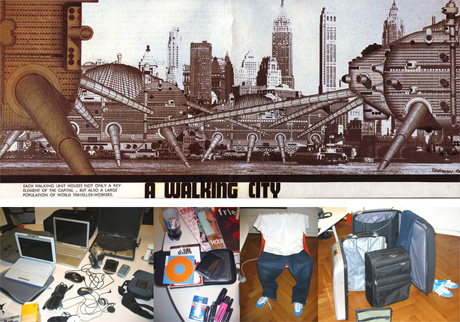
The second image is a composition between another Archigram's project (top: "Instant City") and an image of a swarm of intelligent blimps (bottom: "The Flying Flock", IAS LAb, University of West England)
-
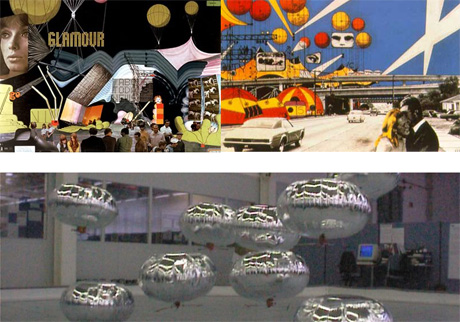
Of course, those two images and the "variable environment/" or the "mobility" problematic (see post below) serve us as a general thematic frame for our transversal ra&d project, even if our first ideas were literally to work within those two contexts (personal mobile environment & flying micro-architectural environment or flying architectural agents).
But the research project reveals itself to evolve a bit differently due to several intrinsic reasons, in particular to the interaction between the partners. Through the ongoing process our area of work has therefore mainly evolved into "mobile media" and "mobile (micro-)environments".
The team around the project is a transversal design and "test-tube" group: designers from écal (interaction, objects, products & graphics designers), architects, scientists from EPFL. Professionals (workshops) and/or teachers from other universities will be also invited at different moments during the project. Have a look at the network of partners involved.
Regarding scientific collaborations, we've chosen to collaborate with laboratories that are working at a research level on technologies that could have an impact upon mobility, mobile media or "variable environments" in a close future:
___First scientific collaboration is about "Augmented reality", therefore in connection with the first image ("mobile personal environment", mobile media). See the presentation of our partner (EPFL-STI) HERE.
___Second scientific collaboration is about swarm-intelligent & collective robotics (small mobile robots), therefore in connection with the second image. See the presentation of our partner (EPFL-SWIS) HERE.
Posted by patrick keller at 18:00
Mobility? Mashup experience?
Mobile media, mobile (micro)-spaces, interactions.
-
It is interesting to compare images from the early 60ies and 70ies to actual situations (see up). The "mobile city" was envisioned at that time as an architectural, utopian (and global) question that took into account that period's "new" techniques (car, trans-ocean flights, car-house/camping, motorways, etc.) These utopias proclaimed and promoted the fact that our way of leaving would change, would become less and less rooted to a specific area, less and less static along time. At that time, this was a prospective vision.
-
But nowadays, "mobility" has become effective. So effective that the word is used for anything, from architecture to transport, from working habits to tourism, from technologies and media to social behaviors, etc. It has become effective thanks in part to those "good old techniques" (car, planes, etc.) and probably in a larger part thanks to "technologies" that were not existing in the 60ies: mobile media, mobile communication, mobile computing, networks. We can now work or entertain ourselves at any time, nearly anywhere in a kind of mashup experience where we mix the physical and the digital, the localized and the networked, the here and the there, etc.
This has an energetic cost of course and we are aware of it, it should be taken into account as a kind of sustainable design approach, but this is not the aim of our specific research project, we will therefore mostly follow other's research works on this subject.
-
During this interval (60ies to years 2000), the question of mobility, that was envisoned has an architectural one, has moved to a transversal design and science question, where we don't really know anymore whose in charge of what. This should be mapped.
We've move from an "architectural utopia" to a "mish-mash" of (technological) objects, spaces and interfaces without really looking at the overall situation. It happened like an emerging phenomenon, mostly driven by technological and economical forces.
We've changed the scale of the products, their rythm of evolution so that nowadays the experience of "mobility" happens also with small or medium size environments (on the corner of a table with a laptop, on the cellphone in the street, while travelling with your small luggage, etc.). It usually has effects at a global scale though...
Posted by patrick keller at 17:30
Faces - Flux
Le dernier numéro du magazine d'architecture Faces traite de la problématique des flux (flux de données, de personnes, etc.)
-
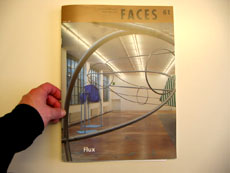
Posted by patrick keller at 18:39
Mixed Reality Test 02
Ici quelques tests à partir des patterns de Tatiana.
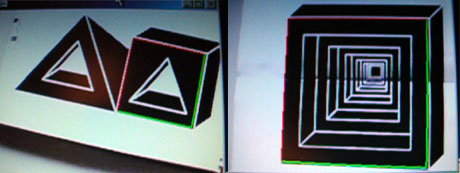
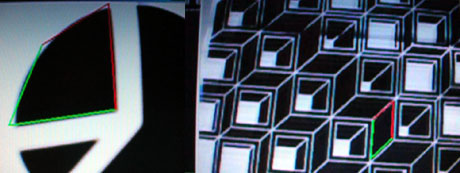
Video analyse signes (wma file)
Comme on peut le voir ici, le logiciel détecte plus ou moins n’importe quel forme noire avec 4 côtés.
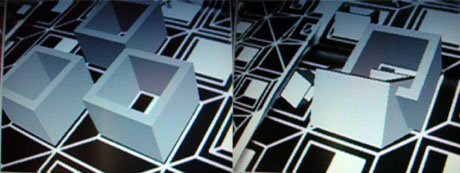
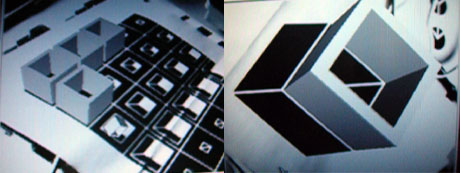
Video modèles 3D (wma file)
En incluant de vrais modèles 3D aux signes en pseudo 3D, il se passe un phénomène intéressent. Le vrai cube va se coller sur le dessin du pattern. Si ce dernier est en perspective, le cube va s’adopter à la perspective réelle de ce dessin.
Autrement dit, un objet 3D peut parfaitement s’ajuster sur des dessins en pseudo 3d et crée un tout autre espace.
Le clignotement des objets en vrai 3d est du au fait que le logiciel perçois un très grand nombre de signe potentiellement utilisable et par conséquent passe d’un signe à un autre.
Posted by |BRAM| at 23:35
